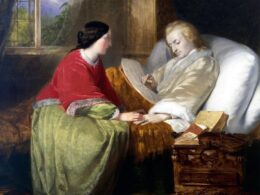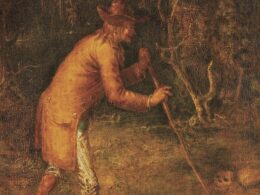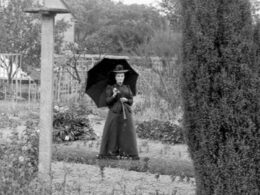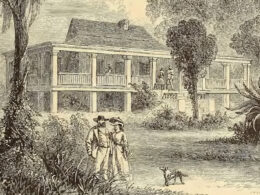Kenneth L. Dixon (1915–1986)
From Reporting Civil Rights: American Journalism 1941–1973
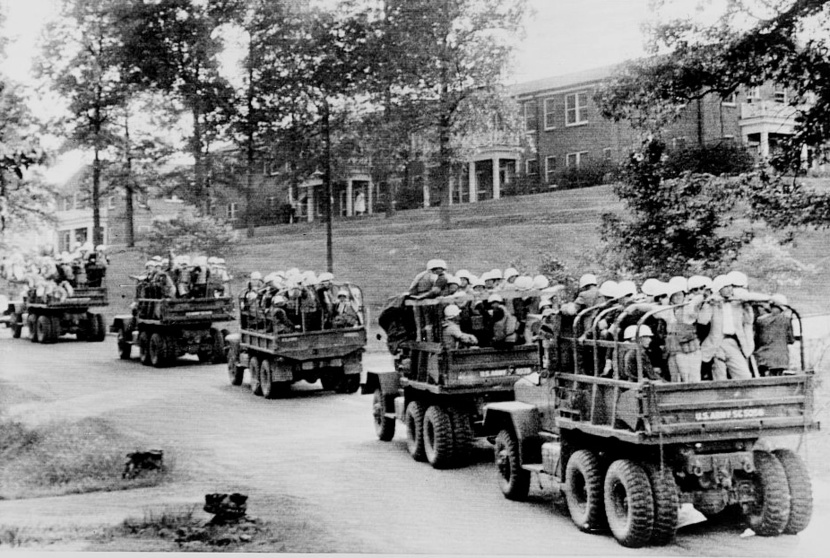
“One day the South will recognize its real heroes,” wrote Martin Luther King, Jr., sixty years ago while imprisoned in the Birmingham Jail. “They will be the James Merediths, courageously and with a majestic sense of purpose facing jeering and hostile mobs and the agonizing loneliness that characterizes the life of the pioneer.” Only six months before, on October 1, 1962, James Meredith had become the first Black student admitted to the University of Mississippi, the day after more than 2,000 protestors and agitators rioted against the hundreds of federal marshals on campus to protect him.
“Meredith had absolutely no fear of possible injury to himself,” journalist Tom Dent wrote the following year. “He was almost foolishly unconcerned. Thus, even after he came under federal protection he often tried to get away from the marshals, and drove places by himself without escort. No warning from anyone did much good. He simply wasn’t afraid, and strongly resented having his movements circumscribed. He would simply shrug off our admonitions with, ‘Oh, they’re not going to shoot me.’”
Ole Miss and the surrounding city of Oxford, Mississippi, was basically an occupied town during Meredith’s year at the school, with thousands of troops on hand to keep the peace. Having taken classes for more than two years at Jackson State University, he had enough credits to graduate the following summer. (He would go on to get a law degree from Columbia University.)
Today, there is a statue of James Meredith on the campus, located in the area where the riot took place.
Two days after the riot, former World War II war correspondent Kenneth L. Dixon was in Oxford. The managing editor for a local newspaper in eastern Mississippi, Dixon was reminded of occupied cities he had seen in Europe two decades earlier. For our Story of the Week selection, we present his report on the “occupation,” along with a brief account of the events that led up to the riot.
Read Kenneth L. Dixon’s “Courthouse Square Is Authentic Picture of Occupied Town”
